How to go mushroom hunting
Turn your hikes into a foraging expedition during mushroom hunting season
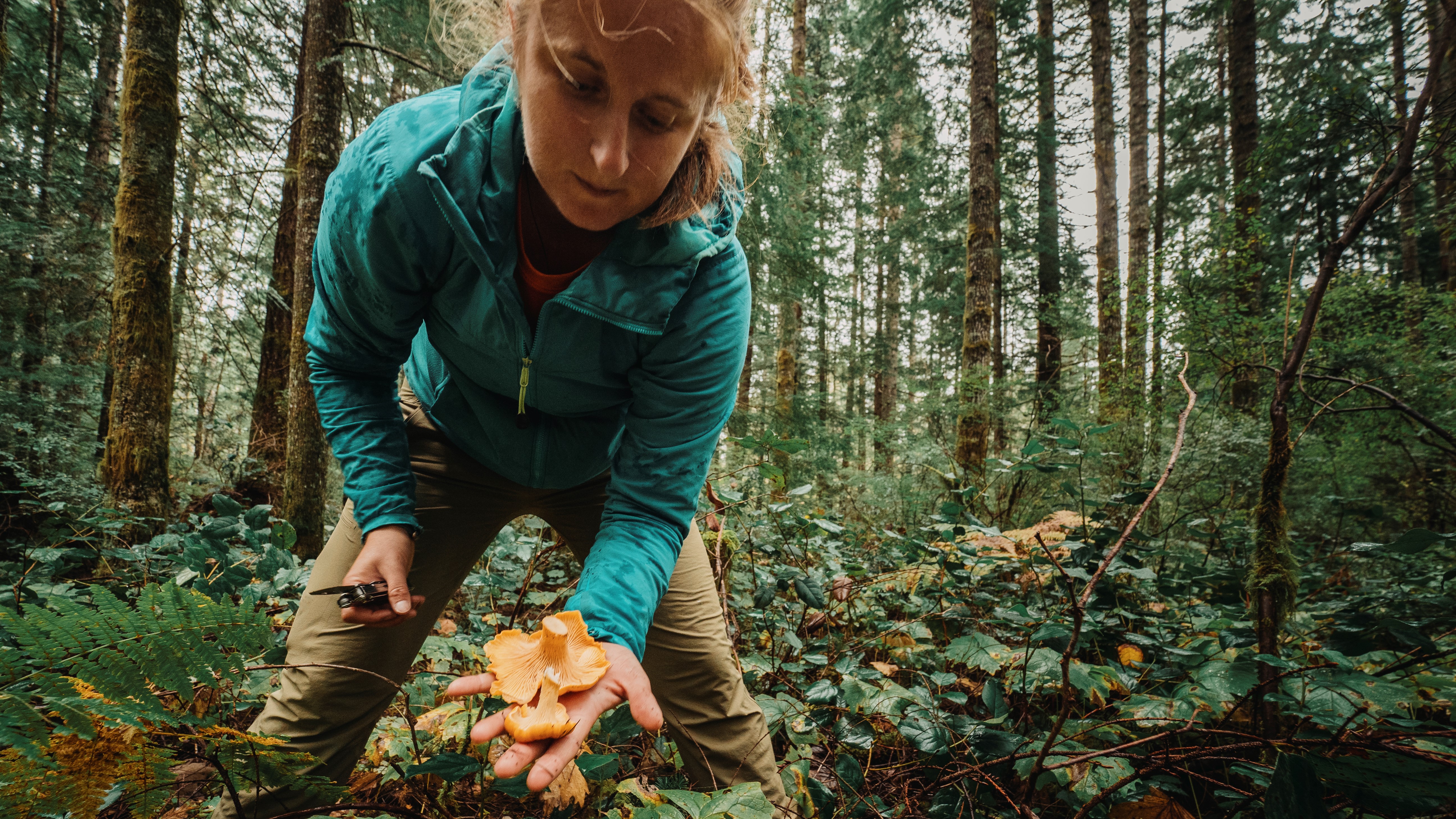
There’s so much to admire when you’re out on a hike, from wildflowers to wildlife, but many of us are drawn into the darker places where nature’s delicacies grow, and we’re not talking about the hiking snacks at the bottom of your backpack. Many of the places we love to hike bring a delectable feast of fungi at certain times of year, from mouth-watering morels to succulent shiitakes. If you’re a bit of a forager-in-the-making and want to learn more about how, when and where to go mushroom hunting on your outdoor adventures, you’ll want to read on for our guide to how to go mushroom hunting, including everything you need to get started.
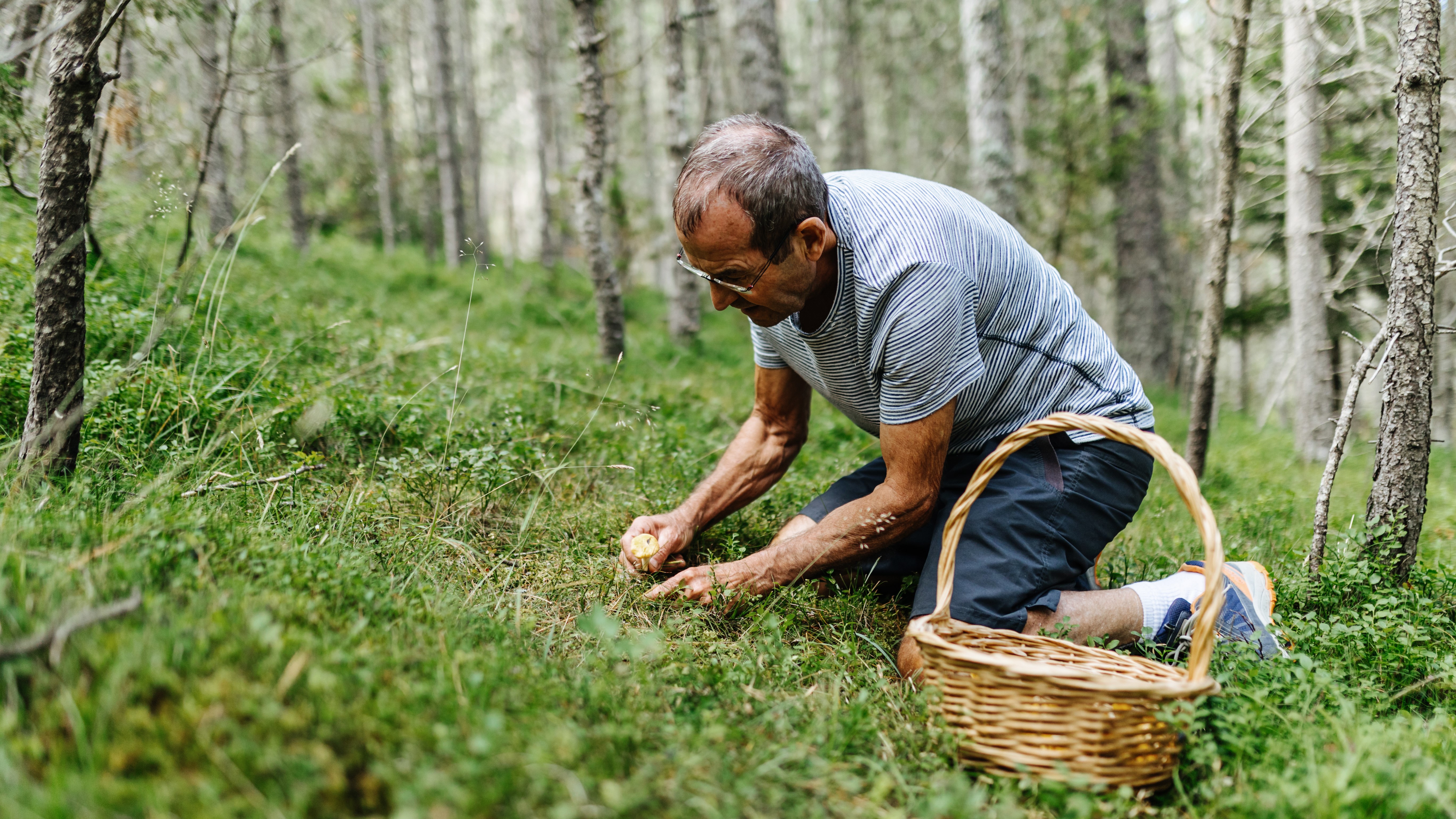
When is mushroom hunting season?
Let’s start with when you can expect success foraging for mushrooms. Like most things in the natural world, mushroom season varies a bit according to your location and in certain places, some mushrooms do grow year-round. However, the thaw period of late spring usually signals the beginning of mushroom season which may continue through the summer in areas that aren’t too hot, while the fall usually provides another boon for mushroom hunters, especially if you live somewhere with a lot of autumnal damp.
Generally speaking, mushrooms flourish in cool and damp conditions, so after a rainfall is a great time to head out and forage for some fungi, while if there’s been a long stretch of dry weather, you’ll do better to bring the binoculars and try bird watching instead.
It’s helpful check a good weather app and keep an eye on temperatures, too. If it’s cooler during the day but not falling below about 50°F/10°C overnight, you don’t have to worry about overnight frost claiming the mushrooms before you can reach them. Of course, it’s helpful to pick up a guidebook specific to your area – find some suggestions in the next section.
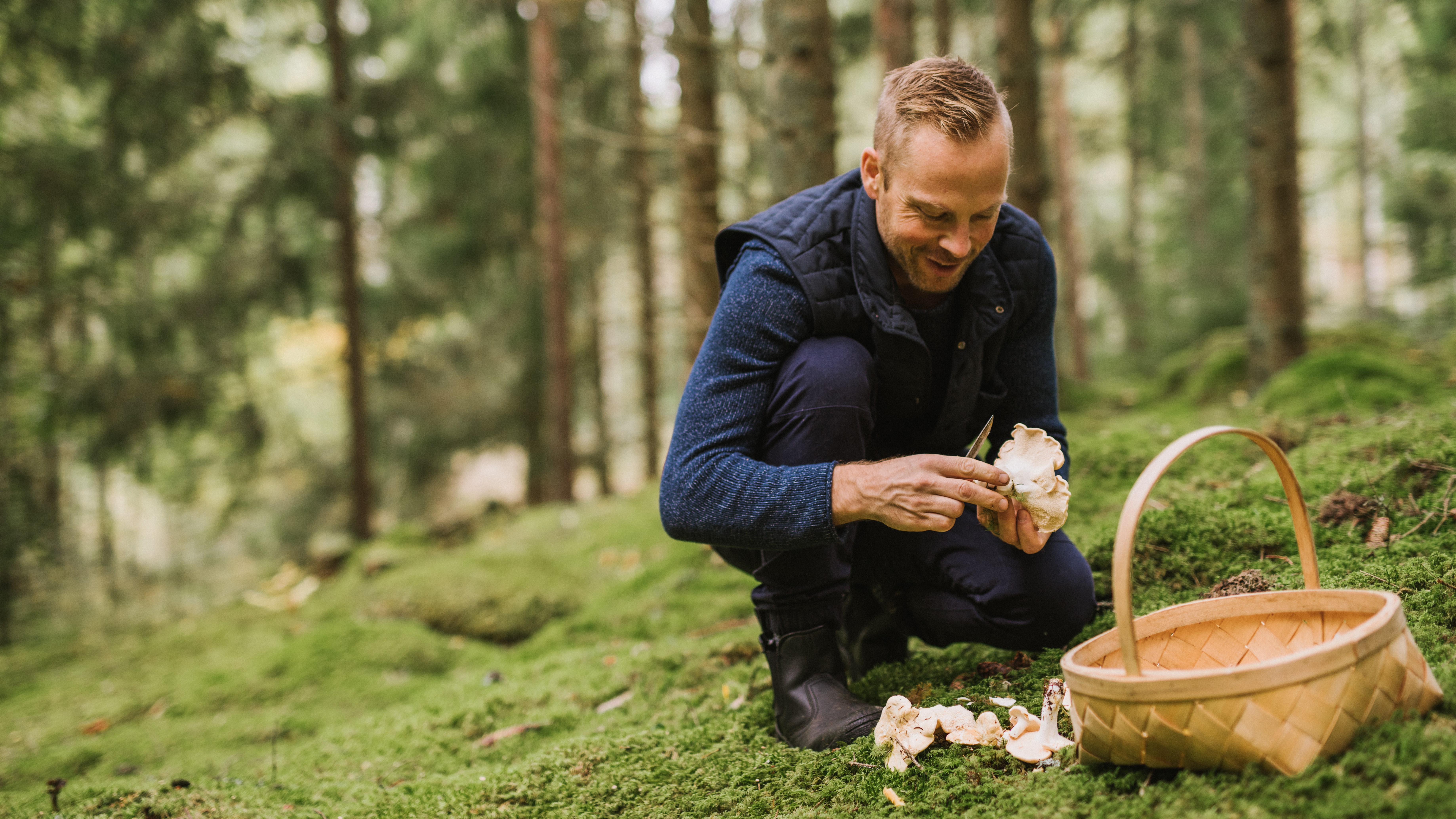
Additionally, different types of mushrooms will have different growing seasons, while some such as the elusive morel have a very short season, so it’s helpful to know when you might want to prepare for certain mushrooms:
- Morels: April and May
- Chanterelles: from late spring to early fall (later in the UK)
- Porcinis: September and October
- Shitakes: often appear after a rainfall in spring and fall, sometimes summer
- Chicken of the woods: late spring through the fall
- Giant puffballs: late summer through the fall
Of course, the longer mushrooms grow, the larger they’ll get, so it’s a good idea not to go out too early. But on the other hand, the longer you leave them out there, the greater the chances of another hunter finding them first. With practice, you’ll find the sweet spot between picking mushrooms that are too small and missing out on your loot.
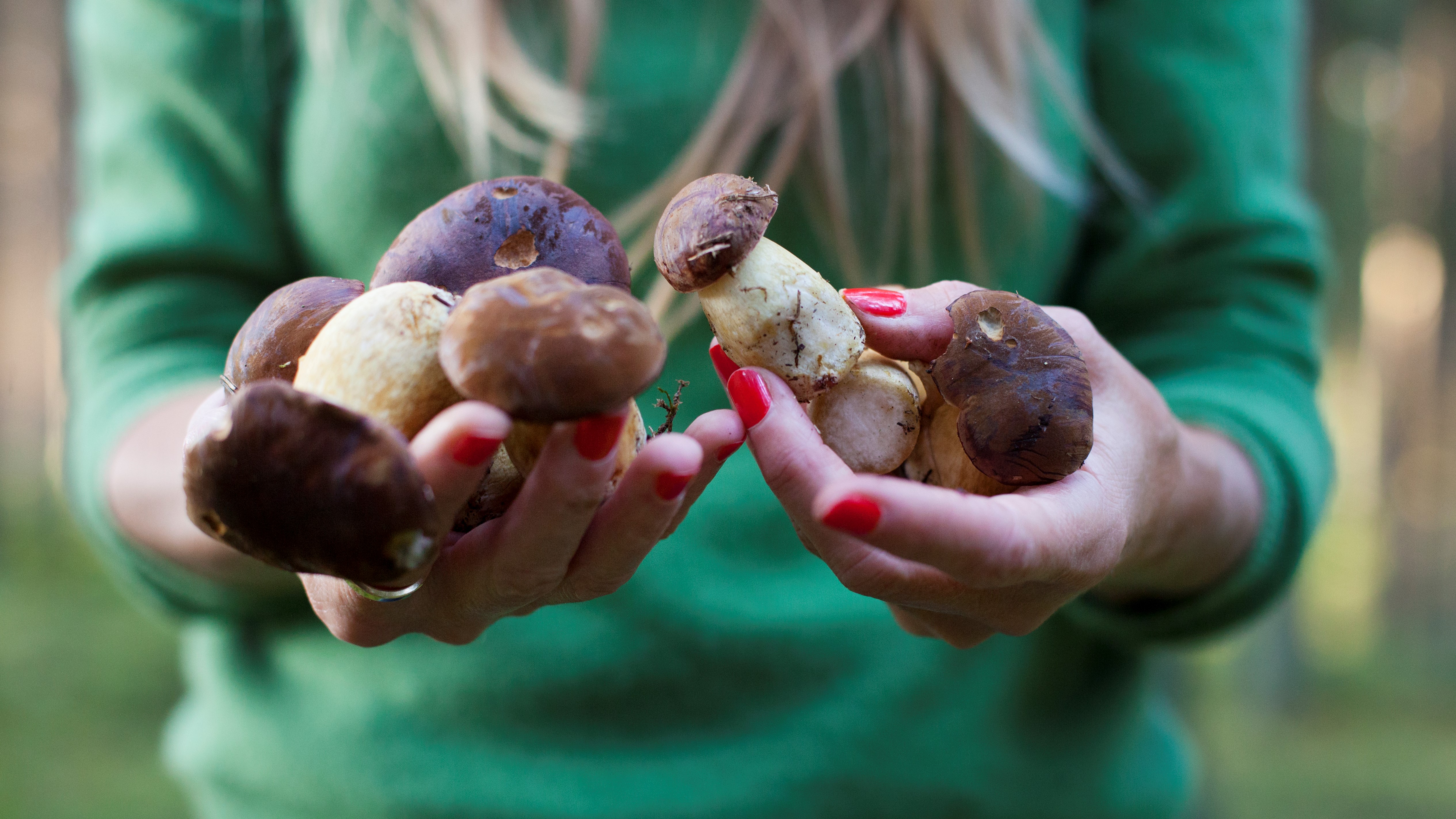
What is the best place to go mushroom hunting?
So, there’s been a few days of rain and you’re heading out to source yourself some mushrooms for tonight’s soup or stew – where do you go? After all, other mushroom hunters never reveal their stashes. Well, you already know that mushrooms like cool and moist places and they also prefer the dark. Your best bet is to head for woodland areas where the tree canopy provides natural shade and mushrooms like to grow around the base of trees like oak, pine, birch and beech as well as on dead trees such as aspen trees. You can also target your search around moist areas such as streams and bogs.
Advnture Newsletter
All the latest inspiration, tips and guides to help you plan your next Advnture!
Mushrooms will also grow in grassy areas which means you can find them on hillsides as well as in fields and pastures where livestock graze – they thrive on the fertilization from the animals as well as the shorter grass here. However, if you are mushroom hunting on farmland, make sure that you have permission to be there, and that you know what to do if you find yourself in a field of cows to stay safe.
If you find a mushroom, stay in that area and keep looking for more – mushrooms can grow in tight knit groups called “troops” and looser gangs, but they usually have some fungi friends nearby.
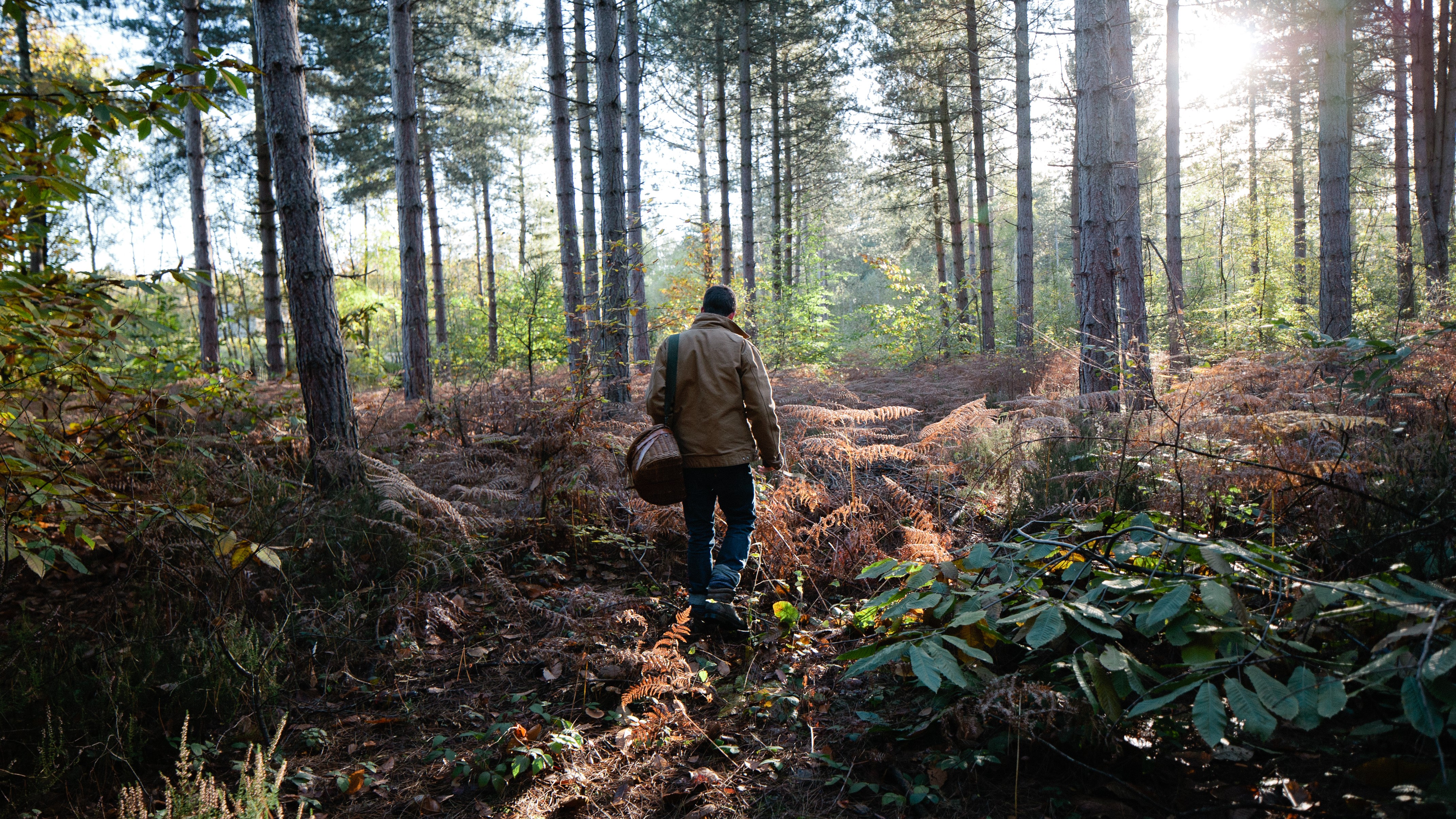
How do I learn mushroom foraging?
Obviously, the big concern when it comes to mushrooms is what ones you can actually eat. Not all mushrooms are fit for human consumption so you don’t want to just head out into the woods and start munching. Though we’ve all been raised on adventure stories and fairytales where people clutch their throats and instantly die upon eating a poisonous mushroom, not all unsuitable mushrooms are deadly; they just might not taste very nice.
The University of Arizona divides mushrooms into three categories – edible, poisonous and inedible – and explains that the latter category might simply be leathery and tough. Obviously you want to avoid both poisonous and inedible mushrooms, so you’ll want to do some research before you set off so you know what to look for and feel confident in the field.
You can conduct research online and REI has various mushroom guide books for US readers such as North America, the Southeast, California and Mid Atlantic, while UK hunters can find information about the mushrooms of Britain and Northern Europe in the Collins guide.
In addition to research, going out with an experienced mushroom hunter is a great strategy. The problem is that most mushroom hunters don’t want to show other people where all the best spots are, but you may be able to find a professional guide or park ranger who’s willing to share, and if you have any chef friends, beg and plead for them to bring you along on their next foraging trip (and promise not to give up their secrets).
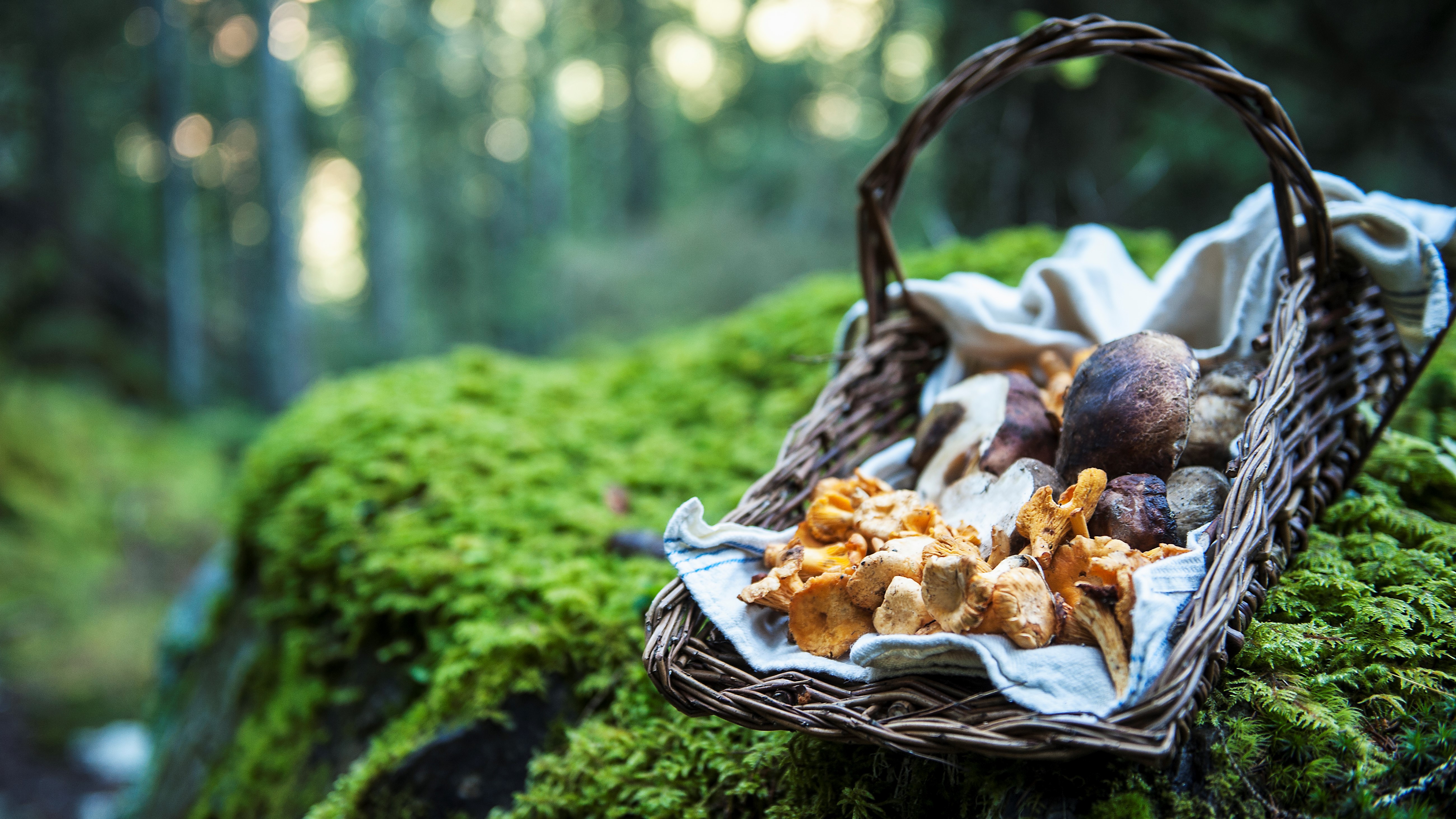
What do you need for mushroom hunting?
In addition to your guidebook, which we recommend you carry with you, you’ll want the following items for a successful mushroom hunting expedition:
- Boots: because you’ll likely be traipsing around in muddy areas, wear a decent pair of hiking boots with good tread for slippery conditions.
- Long pants: even if it’s still fairly mild where you are, it’s best to wear long hiking pants rather than shorts since you are probably going to be getting off trail and into areas where ticks might be a problem.
- Breathable container: the most romantic option is a wicker basket but of course a paper or cloth bag will work to put your mushrooms in – avoid airtight containers which make your mushrooms “sweat” and speeds up decomposition.
- Knife: bring your best camping knife so that you can harvest your mushrooms easily.
- A magnifying lens: you might want to bring a magnifying lens to better study your mushrooms and make sure you’re correctly identifying them.
- Insect repellent: if you’re going out in the spring or summer months, those moist days will be paradise for mosquitos as well as mushrooms, so make sure you wear insect repellent.
- Hand sanitizer: it’s not a bad idea to bring hand sanitizer so that you can sterilize your hands in case you handle mushrooms that turn out to be poisonous.
- Permit: in certain areas, you may actually need a permit to pick mushrooms – check that you’ve fulfilled all local requirements before you go.
Julia Clarke is a staff writer for Advnture.com and the author of the book Restorative Yoga for Beginners. She loves to explore mountains on foot, bike, skis and belay and then recover on the the yoga mat. Julia graduated with a degree in journalism in 2004 and spent eight years working as a radio presenter in Kansas City, Vermont, Boston and New York City before discovering the joys of the Rocky Mountains. She then detoured west to Colorado and enjoyed 11 years teaching yoga in Vail before returning to her hometown of Glasgow, Scotland in 2020 to focus on family and writing.

